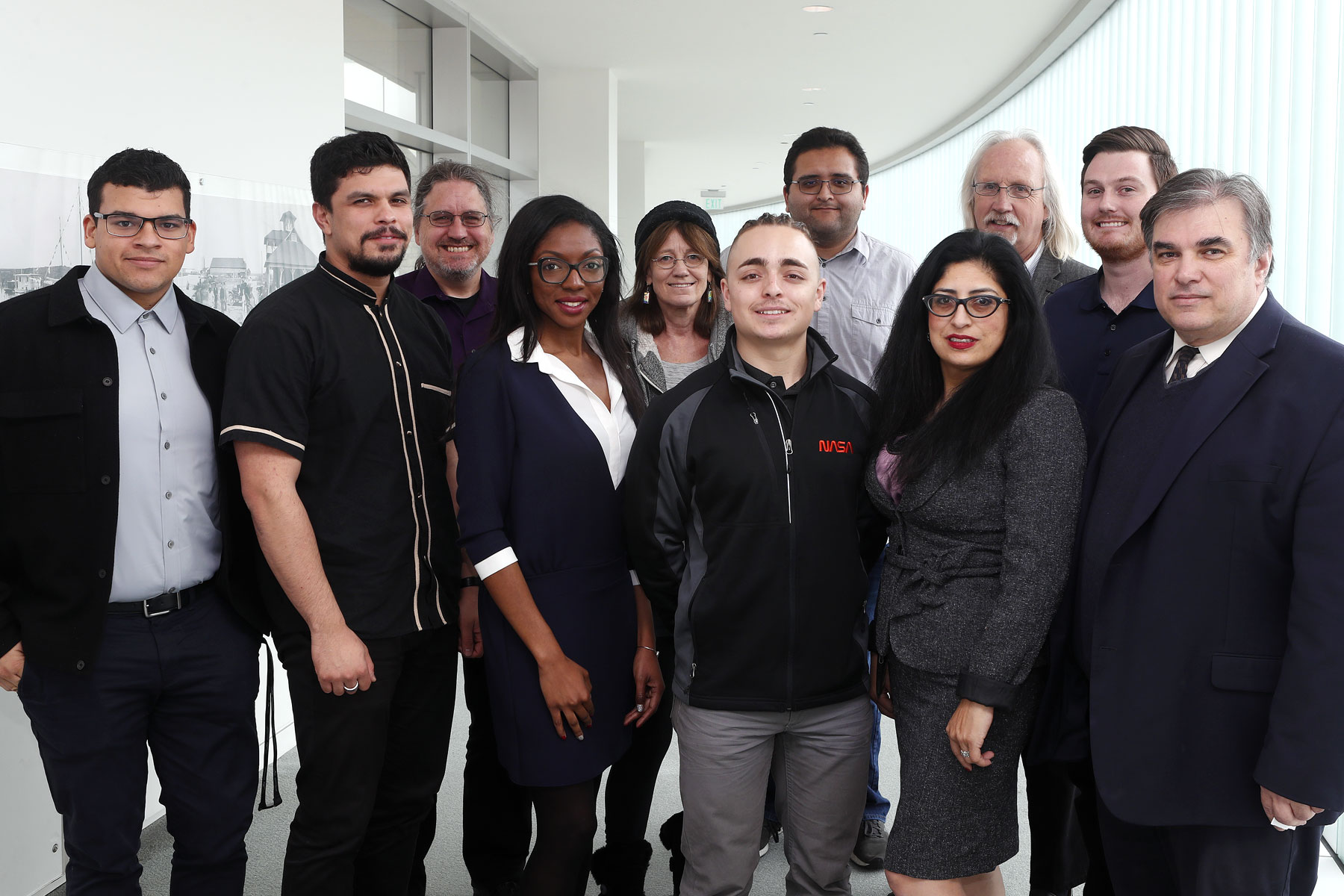Goal 2: Excel and Lead

Be an academic institution recognized for the leadership contributions of its faculty, staff, students, and alumni to addressing important challenges in our fields of study and in the regional and global communities in which all SJSU community members serve.
Desired Outcome 1
Gain a national and global reputation for academic excellence characterized by scholarly and professional contributions from faculty members who are genuine teacher-scholars and staff who are subject matter experts in their fields.
Metrics
Desired Outcome 2
Engage students at all levels through faculty-mentored interdisciplinary research, scholarship and creative activities.
Metrics
Desired Outcome 3
Excel in the engagement of people from underrepresented communities as thought leaders in scholarly activity.
Desired Outcome 4
Excel in interdisciplinary education, research, scholarship, and innovation that capitalize on the university’s signature strengths and leverage opportunities for students, faculty, and staff.
Metrics